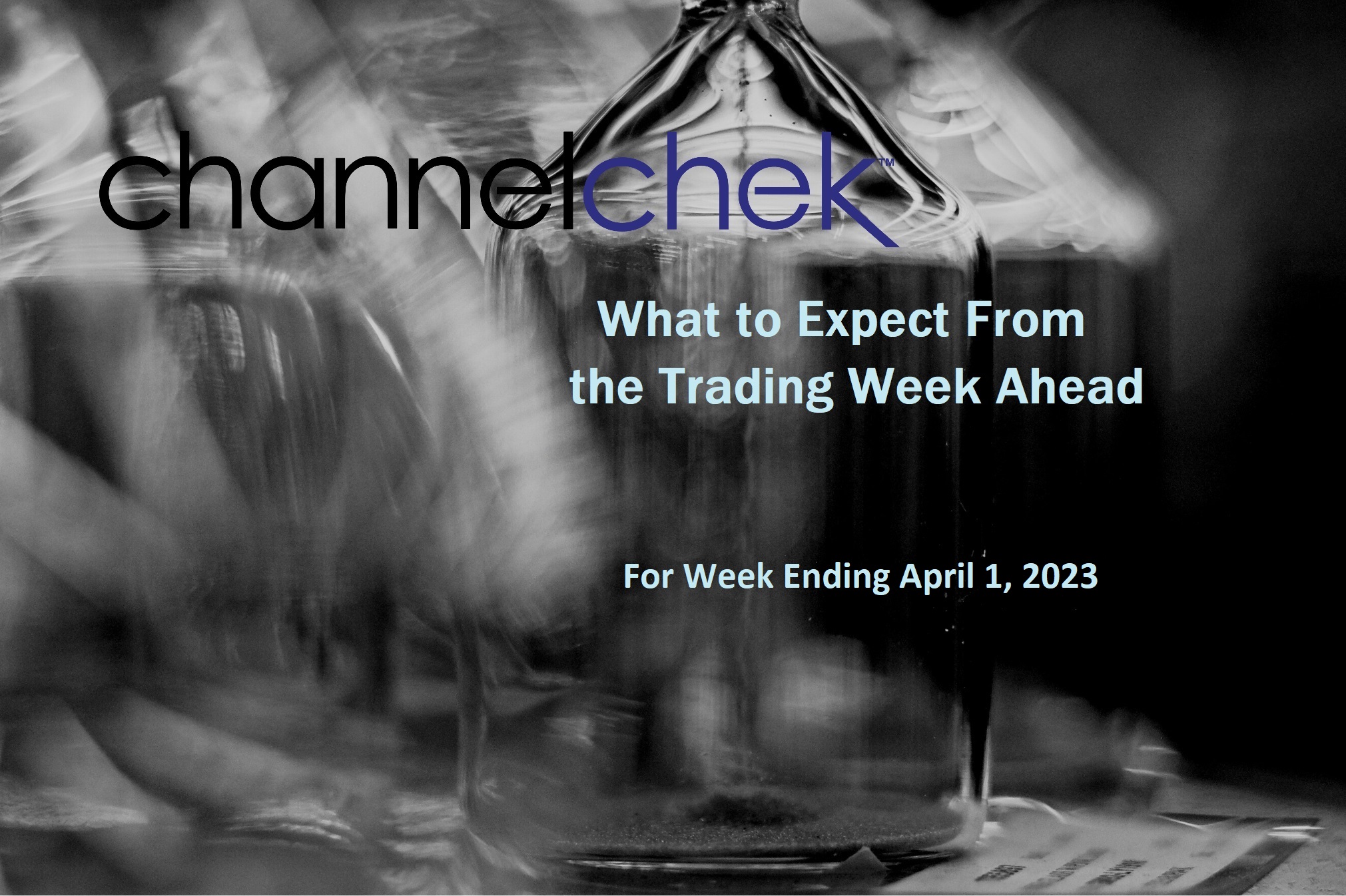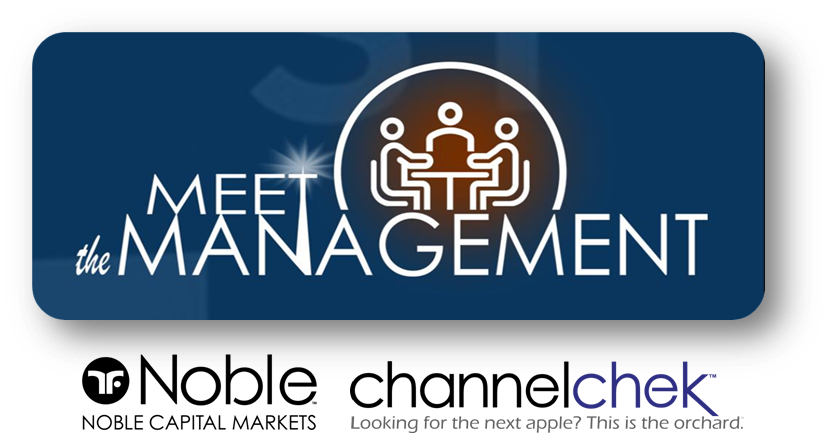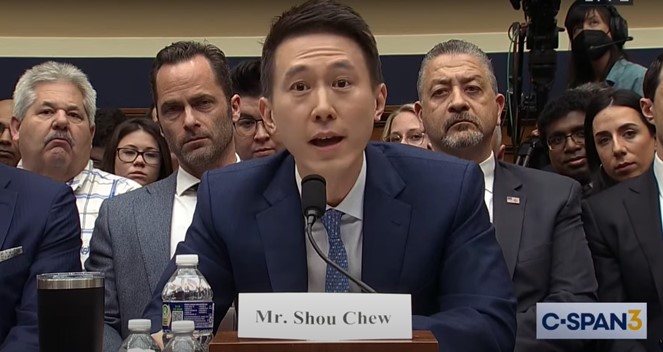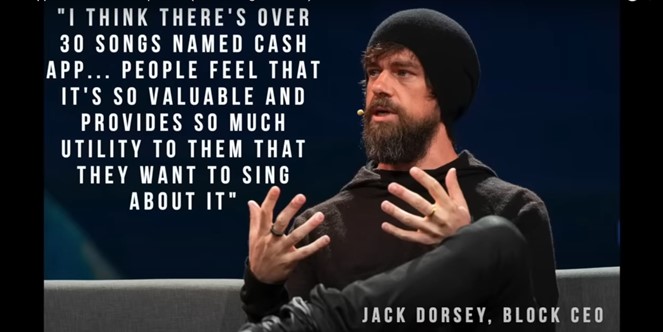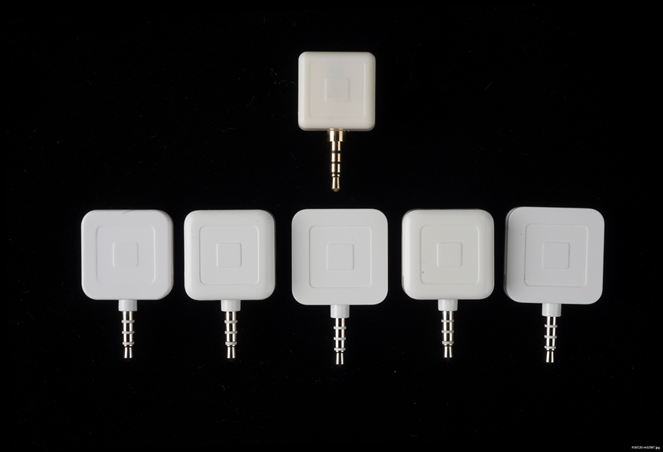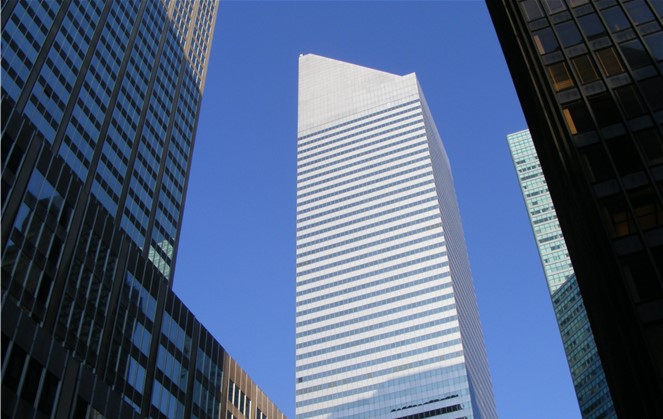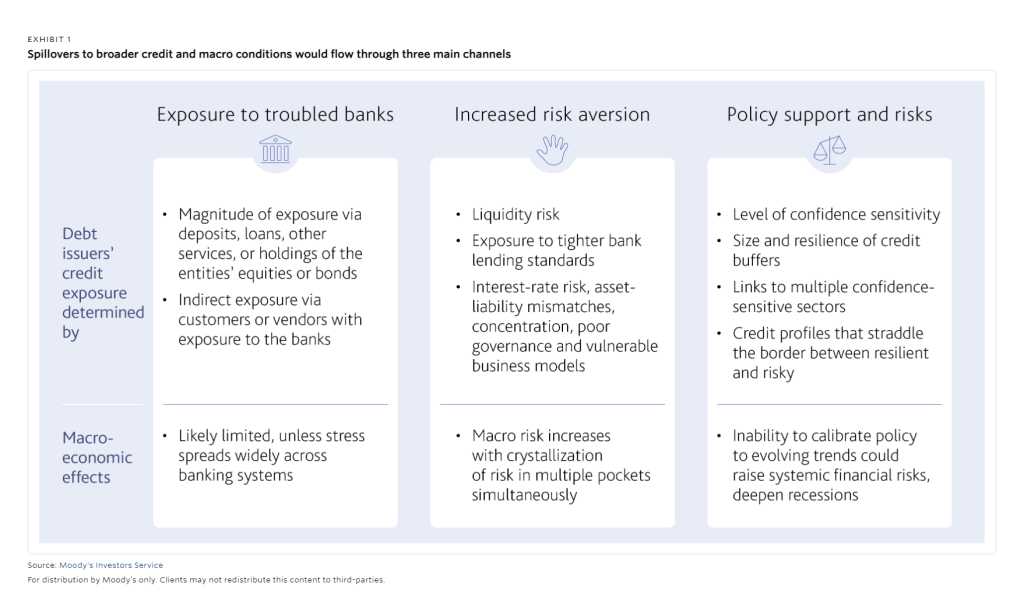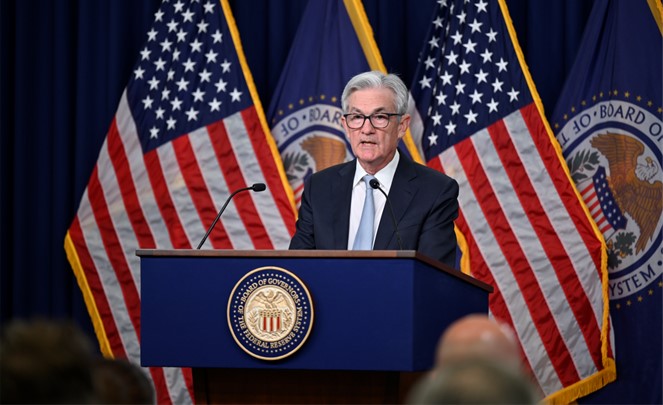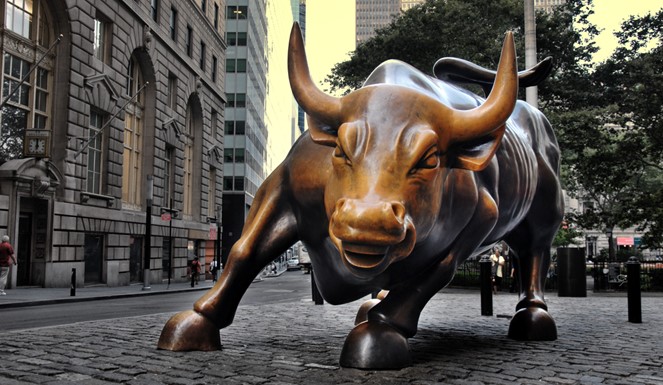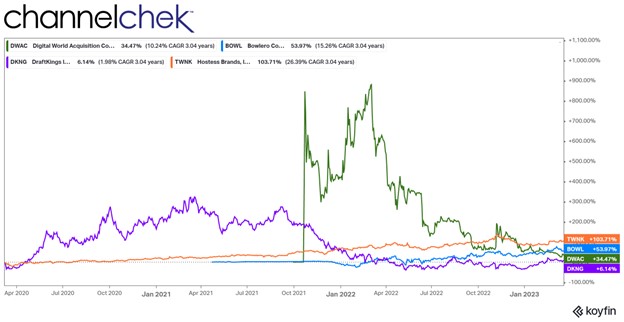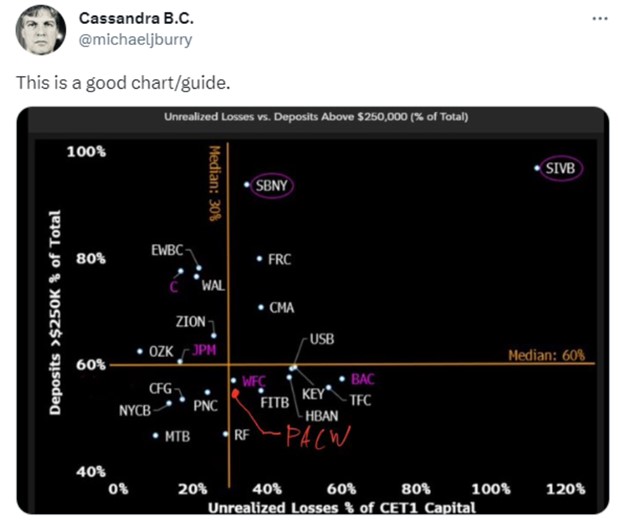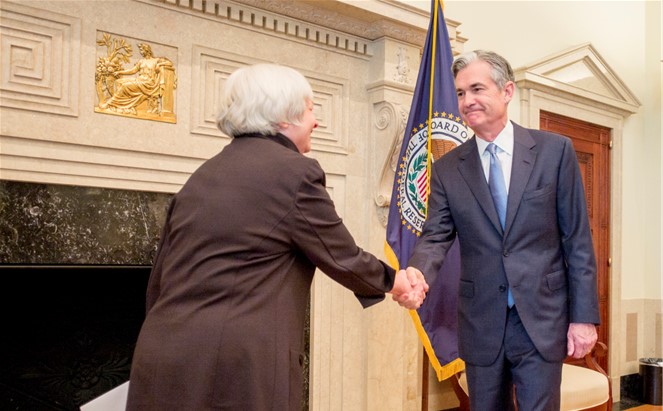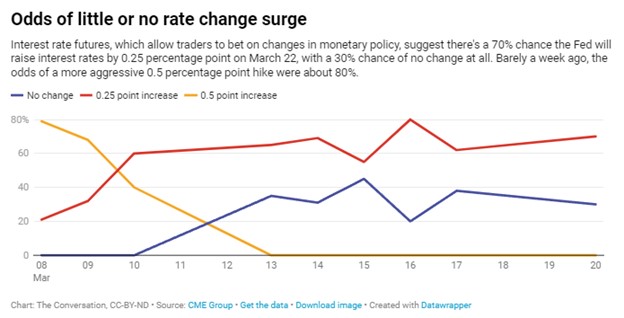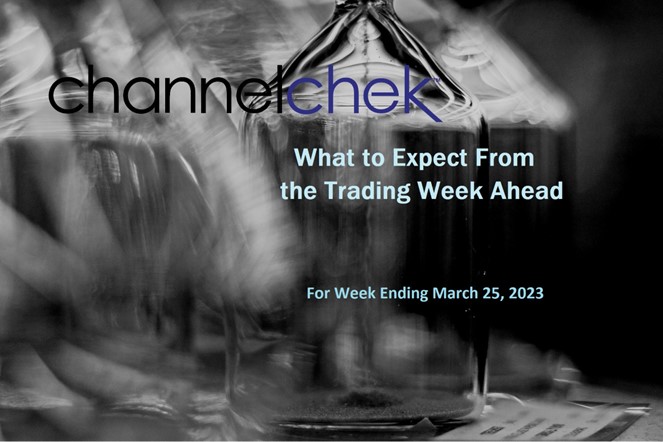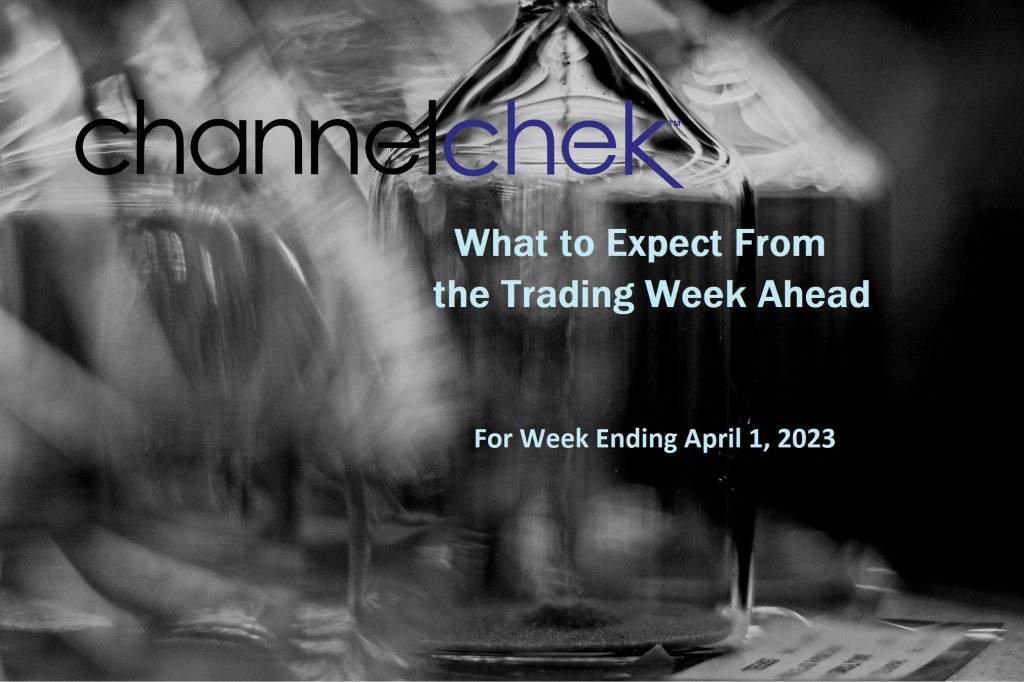
Much of the Noise this Week Could Be from Outside of US Markets?
The U.S. does not get a great deal of economic data to react to this week. But that usually means the focus shifts, and market participants grasp onto signs they may otherwise ignore. There are many inflation reports during the week. They are from outside of the U.S. economy until Friday morning. Global inflation, not just trading partners could impact other nations. This is because if one region raises its benchmark interest rate, others either follow or risk weakening its own native currency.
March German inflation will come late in the week, starting with Germany’s CPI on Thursday. This will be followed by France’s CPI on Friday, then the full Eurozone later Friday. February PCE data from the U.S. will also be posted on Friday. Australia will be posting its February CPI on Wednesday. Most reports are expected to show declines, with the reservation that much of the reduced increases are derived from lower fuel costs. This would suggest that economic forces raising prices are still largely at work.
Monday 3/27
• No pertinent Economic numbers are to be released
Tuesday 3/28
• 10:00 AM ET, Consumer Confidence, after two months of market surprising declines, the consumer confidence index is not expected to perk up in March, the consensus is instead a further decline in confidence to a consensus 101.0 versus February’s 102.9.
• 10:00 AM ET, Michael Barr, the Vice Chair for Supervision at the Federal Reserve will give Testimony before the Michael Barr, the Vice Chair for Supervision at the Federal Reserve will give Testimony before the U.S. Senate Committee on Banking, Housing, and Urban Affairs. Watch here.
• 1:00 PM ET, Money Supply, since some banks have experienced difficulties with lower deposits, is becoming closely watch report once more. The prior month, money supply read 30.9 billion. The measure has two main components, M1 and M2. M1 is included in M2. M1, the more narrowly defined measure, consists of the most liquid forms of money, namely currency and checkable deposits. The non-M1 components of M2 are primarily household holdings of savings deposits, small time deposits, and retail money market mutual funds.
Wednesday 3/29
• 10:00 AM ET, Michael Barr will testify before the U.S. House Financial Services CommitteeThe Energy Information Administration (EIA) Petroleum Status Report, provides weekly information on petroleum inventories in the U.S., whether produced here or abroad. The level of inventories helps determine prices for petroleum products.
• 10:00 AM ET, Pending Home Sales during February are expected to rise 1.0 percent on top of January’s 8.1 percent elevation.
Thursday 3/30
• 8:30 AM ET, GDP’s third estimate for 4Q 2022 is expected to remain at 2.7 percent growth in the quarter’s second estimate. Personal consumption expenditures, at 1.4 percent growth in the second estimate, is also expected to remain unchanged.
• 4:30 PM ET, The Fed’s Balance Sheet has received more attention since the beginning of quantitative tightening (Q.T.). The last report should an increase as a result of the new Bank Term Funding Program (BTFP).
Friday 3/31
• 8:30 AM ET, Personal Income and Outlays is expected to have risen 0.3 percent in February with consumption expenditures expected to have increased 0.2 percent. In January there was a rise of 0.6 percent for income and 1.8 percent surge for consumption. Inflation readings for February are expected at monthly increases of 0.4 percent both overall and for the core (versus 0.6 percent increases for both in January) for annual rates of 5.1 and 4.7 percent (versus January’s respective rates of 5.4 and 4.7 percent).
• 10:00 AM ET, Consumer Sentiment in late March is expected to be unchanged from the mid-month flash of 63.4.
What Else
We congratulate all the NCAA basketball teams that made the final four teams competing in the NCAA championships. This includes the Florida Atlantic University basketball team that has made the final four for the first time. While we wish all teams well, the large investor conference sponsored by Channelchek, NobleCon19, will be held at the elaborate College of Business Executive Education at FAU. So this adds to all of our interest at Channelchek. These final March Madness games start on Saturday, April 1st, and while we officially don’t have a consensus read on the final outcome, we hope for excellent play from all. Learn more about the NobleCon19 conference on the FAU campus by clicking here.
Managing Editor, Channelchek

Sources
https://www.federalreserve.gov/newsevents/pressreleases/other20230319a.htm
https://us.econoday.com/articles.aspx?cust=us&year=2023&lid=0
